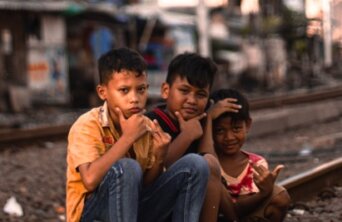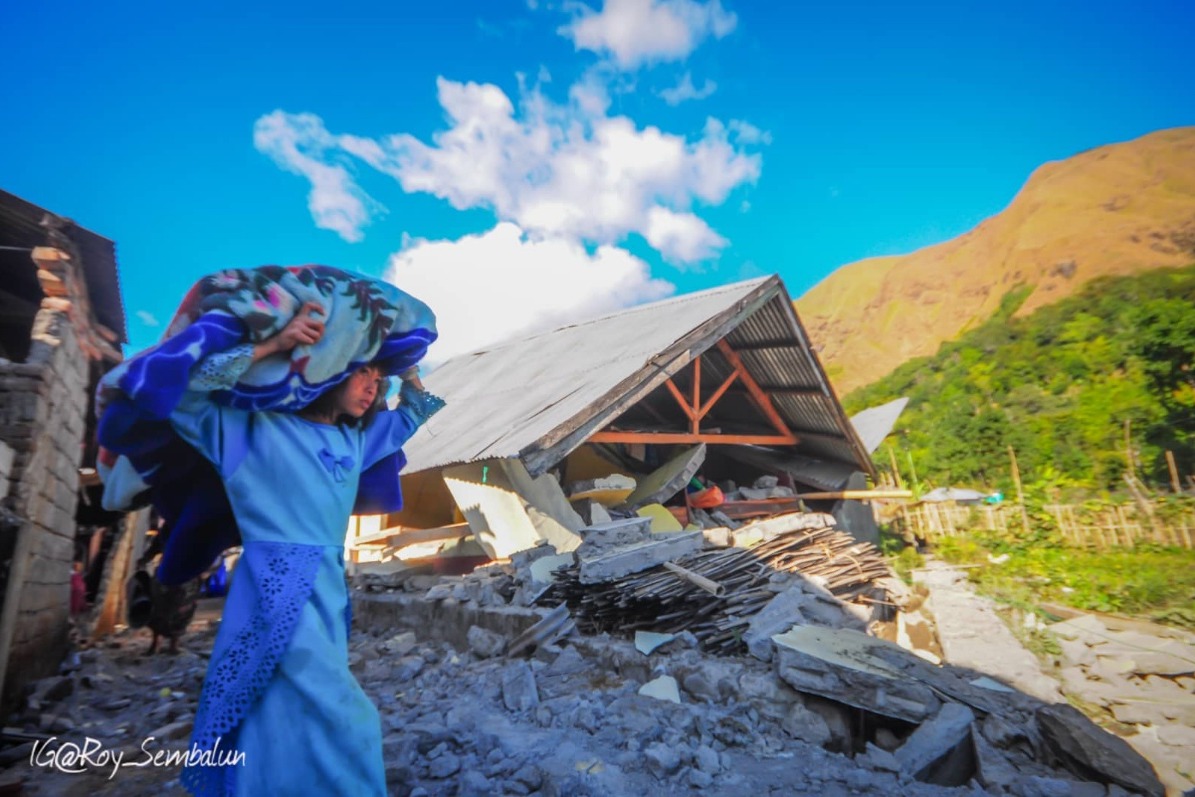- About
- Topics
- Story
- In-Depth
- Picks
- Opinion
- News
- Donate
- Signup for our newsletterOur Editors' Best Picks.Send
Read, Debate: Engage.
| topic: | Sustainable Development |
|---|---|
| located: | Indonesia |
| editor: | Leo Galuh |
Indonesian infrastructure is particularly susceptible to earthquakes and natural disasters, which are becoming more frequent and intense with worsening climate change.
Most at risk are Jakarta's poorest residents, who are frequently overlooked despite the city's rapid pace of development. Benefits afforded by infrastructure development, for example, exclude residents of slum settlement enclaves in the Indonesian capital.
Instead, gleaming new buildings attract migrants from provinces or islands outside Jakarta, including Sumatera, Borneo, Sulawesi, West Java, Central Java, or East Java, who want to settle and work there.
And these migrants have become scapegoats for Jakarta's growing poverty problem. Many of the city's newest members, particularly those without desirable skills, have saturated Jakarta's slum regions.
Out of a population of 11.24 million, 95,668 - 0.89 per cent - were in extreme poverty as of March 2022, according to the Jakarta Bureau of Statistics. This figure had risen by 0.29 per cent from March 2021, when it stood at 0.6 per cent of the population.
Most of Jakarta's extremely poor live in the North part of the city, with the fewest in the West. The rate of extreme poverty has the potential to rise further and is challenging to reduce.
On average, families in Jakarta in extreme poverty have a head who is 45.5 years old, a high school graduate, dependents under five and elderly, and live in cramped and inadequate housing conditions.
In North Jakarta, the slum areas of Kampung Marlina and Marlina village have set a positive example by teaming up with local organisations and residents to safeguard their living conditions. The communities have established a grass-roots movement to provide free construction services and materials to North Jakarta's coastal area residents.
Kampung Marlina is home to approximately 600 families. The vast majority of family heads are traders or day labourers. The high population density is apparent in the built-up area, which is almost entirely residential and accounts for more than 83 per cent of the village's total area.
Only 8% of the total area is suitable for open spaces with good access, drainage, and circulation. Some alleys are low in height - meaning residents must crouch to pass through - dark due to a lack of direct sunlight and are regularly afflicted by puddles due to poor drainage.
Kampung Marlina partnered with the Rujak Center for Urban Studies (Rujak) in 2012 and the Urban Poor People's Network, a residents' organisation not affiliated with any political party, in 2004.
Rujak became the accompanying architect of Kampung Marlina in 2017 and facilitates the independent implementation of community action planning.
Since the Jakarta provincial government has neglected to resolve this situation, more residents must act to protect themselves, as some have already done by banding together to form cooperatives dedicated to making Jakarta's crowded slum villages more livable.
Image by Refhad.

